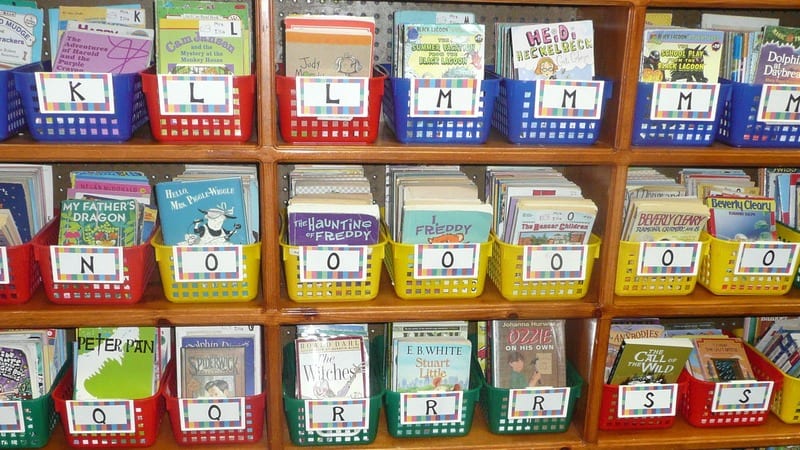

Making Kids the LibrariansĮnlisting students to help revamp a library is a straightforward way to let them take ownership of their learning and contribute their unique perspectives. Hefflin, is the book Cornrows, by Camille Yarbrough, which tells the origin story of cornrows and how the hairstyle became a tradition that’s been passed down for generations, painting a colorful and truthful history that remains pertinent even today. One example of culturally conscious African American children’s literature, according to educator Bena R. Some texts representing diverse people and contexts inadvertently portray those characters in a negative light or subtly perpetuate deficit stereotypes, cautions Natasha Thornton, a professor of literacy education at Kennesaw State University.Īvoiding insensitive inclusion in your library, therefore, requires taking into account who the book’s author is, whether the book portrays the characters in affirming and authentic ways-rather than overemphasizing victimhood or depicting characters as hopeless-and whether it presents situations in a way that is true to life and relevant to contemporary society, according to a 2002 article in The Urban Review. “It affirms that reading can be a social journey, and I’ve found these conversations to be incredibly helpful,” she writes. The bingo card, composed of squares that teachers can fill in with the titles of books by a Muslim author or an Indigenous person, for example, serves as a catalyst for discussion about experiences and worldviews that are clearly absent from the curriculum, says Fishman-Weaver. She suggests using a “bookshelf bingo” exercise in which teachers can reflect together on books they’ve read and also the books they teach or recommend to students. Teachers can begin taking a close look at their classroom libraries, which “offer a powerful litmus test” to identify what’s missing from their lessons, writes Fishman-Weaver. Are language and cultural heritages honored?.

Are women frequently represented as powerful leaders or as instigators of action and change, for example?.Are typical gender roles dominant across the library?.Do the books rely too heavily on caricatures or promote harmful stereotypes in subtle ways?.Do too many of the books depict worlds that are utopian and trouble-free?.Treat incarcerated characters with dignityĪs you inventory your books, try looking beyond representation:.Feature characters from nontypical family backgrounds.Feature characters who are not lanky, scrappy, skinny, or small.Feature characters with differing physical and intellectual abilities.


The books continue to be adapted into musical productions and remain a commercial success-but they made the American Library Association’s 2018 list of 10 most challenged books, an acknowledgment of the widespread criticism from scholars, teachers, and parents. The hugely popular Skippyjon Jones series, for example, a New York Times bestseller in which a Siamese cat identifies as a Chihuahua, remains a popular pick for elementary-aged children and yet critics say it promotes harmful stereotypes of Mexican people and generally misrepresents Latinx people, language, and culture. Performing a careful, focused audit of your classroom or school library often turns up problems, some of them hard to spot at first glance.


 0 kommentar(er)
0 kommentar(er)
